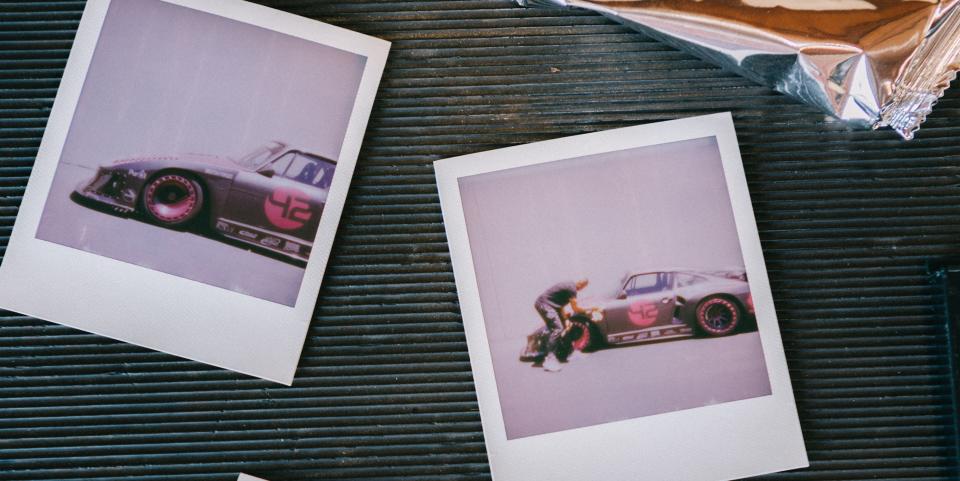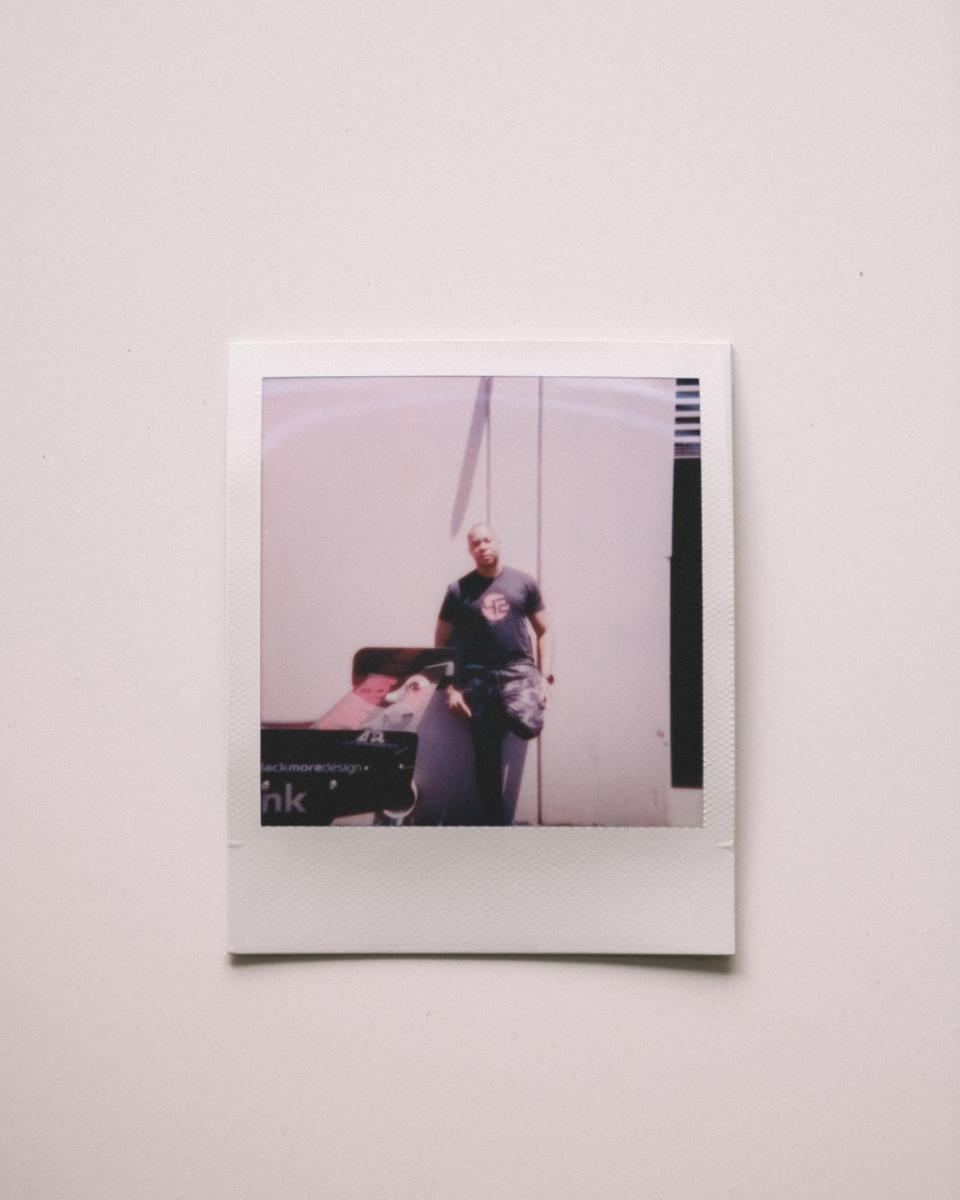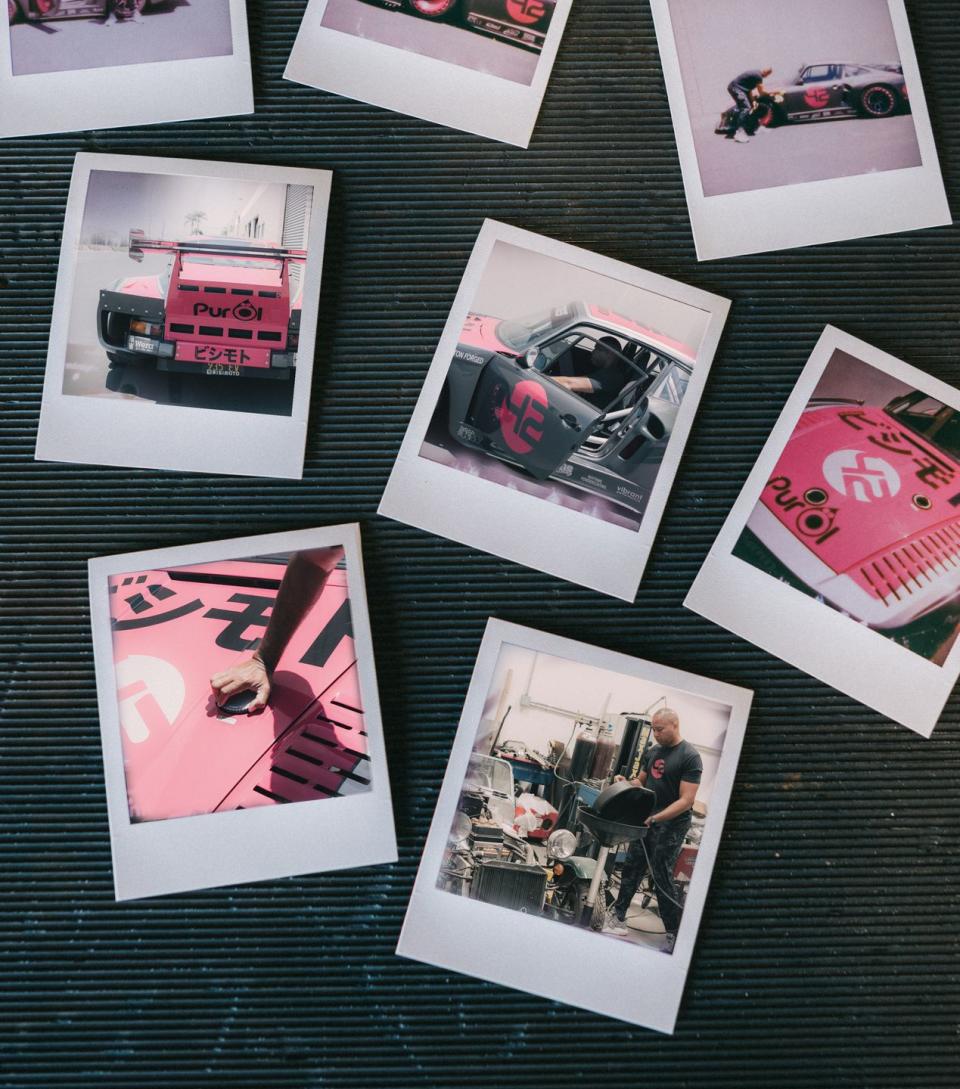The Bisimoto 935 K3V Is Proof Creativity Can Thrive in a Battery-Powered Future


Here’s what hope looks like, wrought from carbon fiber. The Bisimoto 935 K3V has no internal-combustion heartbeat, but it’ll still quicken the pulse of the most hidebound enthusiast. This car sports a shape from Porsche’s late-Seventies
Le Mans championship era, a curb weight under 2700 pounds, and 636 electric horsepower delivered with light-switch torque. The 935 K3V is a monster—and proof that creativity can thrive in a battery-powered future.
This story originally appeared in Volume 12 of Road & Track.
SIGN UP FOR THE TRACK CLUB BY R&T FOR MORE EXCLUSIVE STORIES
Modern electric performance comes from the factory in a sealed box with a “Do not touch” sign. With the likes of a Porsche Taycan, how a machine performs is determined by how much you paid. Modifications are limited to changing the wheels and maybe applying a bumper sticker that reads “My other car has carburetors.”
By contrast, the 935 K3V, created by Bisimoto in Ontario, California, is a lightning bolt from the built-not-bought crowd. Beneath its body panels, pulled from original Kremer K3 molds, lurks the skeleton of a 1984 Porsche 911 Carrera, but almost everything inside has been gutted out and custom-made. The livery, designed by artist Andy Blackmore, is a tribute to racer Tetsu Ikuzawa, Porsche’s only Japanese factory driver. Ikuzawa started out racing Prince Skylines and his personal Honda S600, and the 935 K3V’s cherry-blossom-pink livery was intended as a nod to Bisimoto’s Japanese-import-tuner past.

“I've gone from Mikunis to Webers to fuel injection to turbocharging, and now it’s electrification,” says Ndubisi “Bisi” Ezerioha, the founder of Bisimoto.
Born in Nigeria, Ezerioha studied engineering and worked in pharmaceutical research before setting up Bisimoto in the Nineties. Initially, the shop’s specialty was Honda performance, squeezing huge horsepower from frenetically revving, naturally aspirated four-cylinder engines.
As testament, Bisimoto once built the fastest front-wheel-drive car in the world. Ezerioha set or broke record after record with all-motor CRXs, then moved into turbocharging. He built a 1000-hp Honda Odyssey minivan. A decade ago, he bought a 1976 Porsche 930, stripped it bare, and built it up around a Mezger twin-turbo 3.4-liter flat-six good for a reliable 850 hp.


 Yahoo Autos
Yahoo Autos 